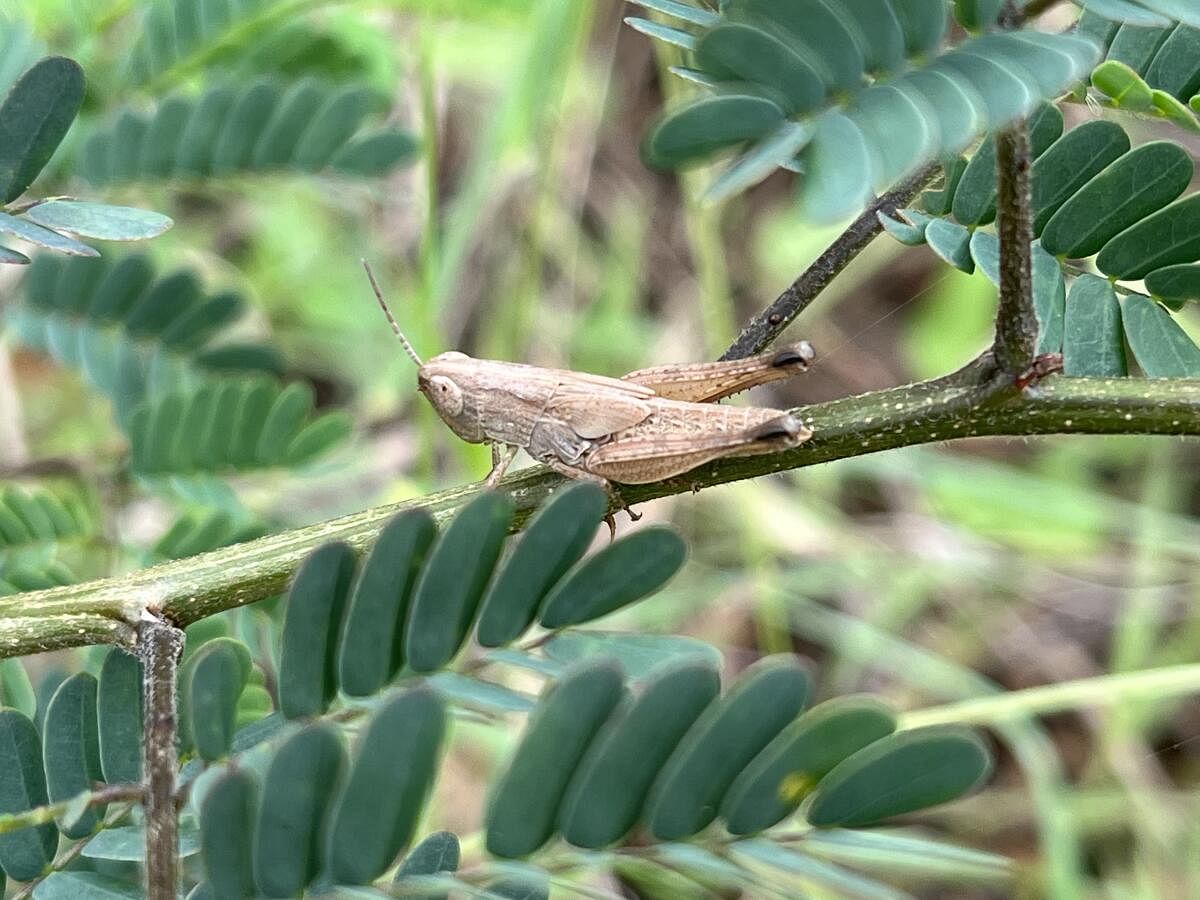
I first spotted the intruder in the fruit orchard flanking the cottage…tall straight limbs, with deep green compound leaves, much like the leaves on our tamarind trees. I naively imagined the smooth boughs as suitable garden trellis material and decided to let the tree mature. Soon, an expansive cluster of saplings usurped the space around the mother tree. The lush ground cover looked lovely, but the sight left me unsettled. By then, I was a wee bit wiser around the land. I recognised from the prolificity that the tree spelt trouble. Some quick checks with fellow natural farmers confirmed the worst.
This was Subabul or Wild Tamarind (Leucaena leucocephala), from distant Mexico, considered one of the 100 worst invasive aliens in the world by the International Union for Conservation of Nature (IUCN). I cursed myself for what is now proving to be a rather costly oversight.
Subabul is a hardy, deep-rooting, drought-resistant small tree that spreads apace, elbowing out native plant species from the landscape. I set off to assess the incursion. Fostering the health of the ecosystem is a critical cog when stewarding a patch of land. This means maintaining healthy soil, clean air and unpolluted and well-tended water sources, capable of shoring up biodiversity. Another key factor is to keep invasives at bay. This last one has turned into an Augean challenge to our resolve to keep the land chemical-free.
Parthenium (Parthenium hysterophorus) — Congress Gida as it is locally known, and a native of the Americas — that appeared after the first few monsoon showers, gave us sleepless nights. We spent a small fortune having them removed manually. Over the seasons, we noticed parthenium sprout and abate seasonally. We learnt to ignore the interlopers.
As we intervened lesser and lesser with the land to give biodiversity a chance, wild grasses elbowed out parthenium from most areas. Planting Sunn Hemp (Crotalaria juncea), a sturdy leguminous soil builder, also helped curb parthenium.
Lantana (Lantana camara) from the American Tropics, the bane of India’s farms and forests, pop up beneath our tamarind trees and along our solar fence if not tackled. Siam Weed, fittingly called Devil Weed (Chromolaena odorata), also from the Americas, is the newest gatecrasher. I had seen them proliferate in the forests of Bandipur and Nagarahole. They have now reached our neck of the woods too.
Coming back to Subabul, reports state that this species was first introduced in the 1930s in Delhi by the British. Later in the 1970s, Subabul was chosen for its utility — fast-growing, drought resistant and seemingly well-suited for afforestation efforts in the country. The leaves serve as animal fodder and green manure. These blighters are great nitrogen fixers too. Their invasiveness, however, negates the virtues. While the last of India’s human invaders exited the country 75 years ago, the alien flora and fauna they introduced, continue to uphold their sinister legacy, besieging our fields and wild spaces.
The encroachers choke out vegetation that serves as a vital food source for wild herbivores. Dwindling herbivore populations in turn leave carnivores without a game. With humans usurping forests and protected wildlife sanctuaries ravaged by such invasive malaise, is it any surprise wild animals end up at human settlements?
Rooting For Nature is a monthly column on an off-kilter urban family’s trysts with nature on a natural farm.
The author chipped away at a software marketing career before shifting gears to independent consulting and natural farming. She posts as @ramyacoushik on Instagram. Reach her at bluejaydiaries@gmail.com